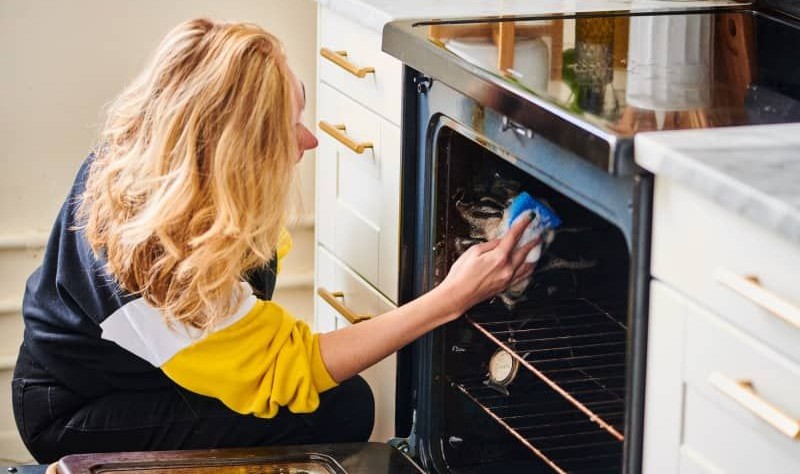
15Jul2021
Areas Of The Kitchen That You Should Clean More Often
Ensuring your whole kitchen is clean and sanitary at all times is vital for adequate household hygiene and preventing pests. However, it is challenging to keep your kitchen sparkling and smelling good, as the room is among the dirtiest in your home.
Its surfaces, fixtures and equipment harbour several bacteria, viruses and fungi responsible for contagious infections. One of the best ways to deep clean your kitchen is to hire experienced cleaners.
You can book end of lease cleaners in Melbourne for sanitising your kitchen plus other areas at the end of a tenancy. Their assistance will help you vacate the rented property successfully and get a complete bond repayment.
Besides hiring professionals, follow this guide listing different areas of the kitchen that you should clean more often.
Sink
People wash dirty dishes, vegetables, fruits and other things in the sink, so it harbours various pathogens that cause viral and bacterial infections. Cleaning and disinfecting this area at least once or twice a day is crucial to limit the development of germs. You can use store-bought products for sanitising the sink regularly, but they contain harmful chemicals and volatile organic compounds (VOCs). Alternatively, you can naturally clean the sink with vinegar, baking soda, dishwashing liquid and water.Countertops
Countertops are hubs of microbes such as Salmonella, Shigella, E.coli and others that cause foodborne illnesses. It happens because the surfaces become grimy with food spills, splatters, greasy messes etc. Plus, countertops are commonly used and frequently touched by household members. To clean these areas, spray the surfaces with a cleaning solution and wipe them with microfiber cloths. The cloths can pick different types of contaminants and bacteria effectively, which is why many professional end of lease cleaners in Melbourne use them for sanitising homes.Hob or Stove
Boilover stains, splatters and food carbons make hobs or stoves look dirty and smell bad. Also, these spots and stains become breeding grounds for disease-causing germs. Therefore, you should keep the cooking equipment in your kitchen clean and sanitary. Develop the habit of wiping the stove/hob after each use to prevent stubborn stains. Additionally, regularly wash the equipment with water, dishwashing liquid and microfiber cloths. To disinfect it, make a solution of water and white vinegar in equal proportion in a spray bottle and apply it after cleaning.Oven & Microwaves
Often during regular kitchen cleaning, the oven and microwave are overlooked or neglected. However, the equipment become greasy due to repeated use, and it is difficult to clean the stains or spots without frequent sanitation. Make sure you wipe the insides of your microwave or oven after cooking and when they are warm to the touch. Also, thoroughly clean them at least once a month with a paste made from baking soda, water and dishwashing liquid. Apply the paste on the grimy areas and let it dwell for 30-45 minutes. Next, scrub gently with a wet brush or a sponge to remove the stains, food carbons and spots. Lastly, collect the residues with a wet microfiber cloth and dry the oven or microwave with a paper towel or dry cloth.Kitchen Windows
Kitchen windows are sticker and dirtier than other windows in your house due to constant exposure to moisture, food vapours and splatters. Their panes become cloudy, and mould grows rapidly in the tracks and frames. Therefore, you should clean them regularly with a solution of white vinegar, water and dishwashing liquid. White vinegar is a natural product that can kill mould and degrease surfaces. Many green end of lease cleaners in Melbourne use organic cleaners for sanitising household surfaces sustainably, and you should do it too.Garbage Disposals & Drains
Garbage disposals and kitchen drains have a host of illness-causing pathogens, and you must sanitise them as often as possible. You can use commercial drain cleaners, but most contain caustic and dangerous chemicals that can burn your skin/eyes, aggravate respiratory conditions, etc. Here is a natural cleaning method you can follow for sanitising these areas effectively and efficiently.- Pour boiling water in the disposal or drain
- Next, pour one cup of baking soda then one cup of white vinegar after 15 minutes
- Remove the residues, grime and contaminants by pouring boiling water again


